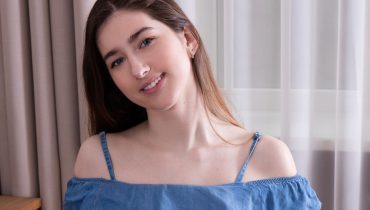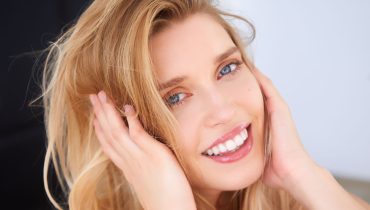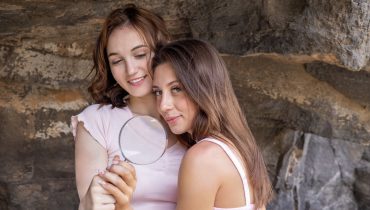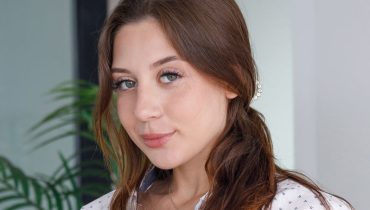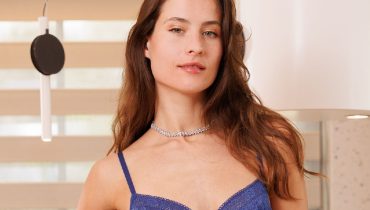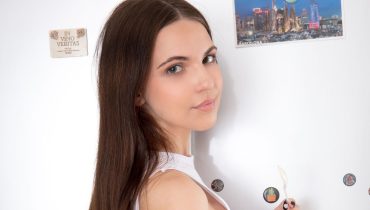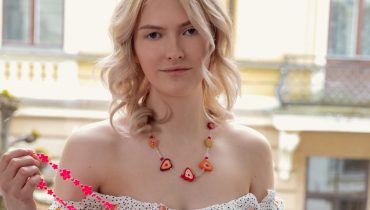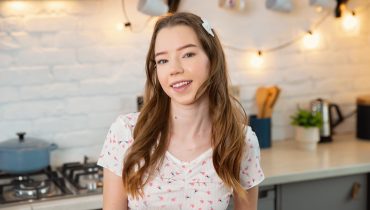For Phoebe Allen, strong bones were never something she thought about — until they became her biggest concern. “I always assumed bone health was just about drinking milk,” she laughs. “Then, at 36, my doctor told me I had early signs of osteopenia. I was shocked.”
What followed was a deep personal journey into nutrition, sunlight, and science — a journey that led her to understand the crucial role of vitamin D for bone health.
From Fatigue to Fragility: How Phoebe Discovered Her Deficiency
It began subtly. “I felt tired all the time,” Phoebe recalls. “My joints ached, and I started getting small injuries from simple workouts.” After routine bloodwork, her physician discovered her vitamin D levels were dangerously low. “He told me I had the vitamin levels of someone twice my age,” she says. “That’s when I realized how easily modern life hides deficiencies.”
Living in London, Phoebe spent most of her days indoors — working long hours and avoiding the unpredictable weather. “I didn’t think about sunlight much,” she admits. “But I learned that sunlight isn’t just about mood — it’s the main source of vitamin D, which keeps calcium in balance and bones strong.”
According to the National Institutes of Health, vitamin D helps the body absorb calcium and phosphorus — two minerals essential for bone formation. Without enough vitamin D, bones become brittle, leading to conditions like osteoporosis. “It’s like having bricks without mortar,” Phoebe says. “Your structure weakens, even if you can’t see it yet.”
The Science Behind Vitamin D and Bone Strength
Vitamin D acts more like a hormone than a simple nutrient. Once produced in the skin or ingested from food, it’s converted in the liver and kidneys into calcitriol — the active form that tells your intestines to absorb calcium. “I had no idea how complex this was,” Phoebe admits. “I thought vitamins just gave you energy, but they’re part of a biochemical orchestra.”
Her doctor recommended both supplementation and lifestyle adjustments. “I started taking 2,000 IU of vitamin D3 daily and added fortified foods like salmon, eggs, and yogurt,” she explains. But the most powerful change was simple — spending 15 minutes outdoors each morning. “Sunlight became my medicine,” she says. “It’s amazing how natural light can heal you from the inside out.”
Overcoming Modern Vitamin D Deficiency
Phoebe’s journey mirrors a growing global issue. Studies show that nearly 40% of adults in northern climates are vitamin D deficient, especially those who work indoors. “It’s not just about geography,” she says. “It’s lifestyle.” Long hours, sunscreen use, and air pollution reduce sun exposure. Meanwhile, modern diets lack vitamin D-rich foods. “We traded outdoor living for convenience — and our bones are paying for it.”
After six months of consistent supplementation and routine lab monitoring, Phoebe’s levels improved dramatically. “I had more energy, fewer aches, and even better mood,” she says. Her doctor confirmed measurable bone density gains. “It wasn’t magic; it was maintenance,” she reflects. “When you feed your body what it needs, it repairs itself.”
Choosing the Right Vitamin D Supplement
Not all vitamin D products are created equal. Phoebe learned that vitamin D3 (cholecalciferol) is more effective than D2, as it mimics the form produced by the skin. “My first mistake was buying the cheapest bottle I found,” she laughs. “But absorption matters.” She switched to a high-quality, third-party-tested supplement with oil-based capsules for better bioavailability. “You get what you pay for when it comes to your bones.”
She also learned that dosage depends on individual factors — sunlight exposure, diet, body weight, and medical conditions. “It’s not one-size-fits-all,” she says. Her advice: always test before supplementing. “Too little doesn’t help, and too much can cause toxicity. Balance is key.”
Phoebe’s Guidance for Maintaining Strong Bones
Now an advocate for women’s wellness, Phoebe shares her experience with younger audiences. Her advice is both scientific and practical:
- 1. Get tested annually: “You can’t fix what you don’t measure.”
- 2. Combine calcium and vitamin D: “They work like partners — calcium is the building block, and vitamin D is the key that unlocks it.”
- 3. Move your body: “Weight-bearing exercises strengthen bones. I added yoga and walking — simple, but powerful.”
- 4. Prioritize morning sunlight: “Fifteen minutes of real sun beats hours under artificial light.”
- 5. Supplement wisely: “Choose D3 with K2 — they work together to keep calcium in your bones, not your arteries.”
For Phoebe, learning about vitamin D for bone health was more than a nutrition lesson — it was self-awareness. “Our bodies whisper before they scream,” she says. “Mine was begging for light, and I finally listened.”




